|
The Basilisk is a giant serpent bred by Dark Wizards. Herpo the Foul was the first to breed a Basilisk; he accomplished this by hatching a chicken egg beneath a toad which resulted in the creature known as a Basilisk. Although classified as an XXXXX creature, meaning it is a known wizard-killer that cannot be domesticated due to its immense powers, because the Basilisk is still a serpent, a Parselmouth may place a Basilisk under his or her control. This depends on the relationship between the Basilisk and the Parselmouth, as Tom Riddle alias Lord Voldemort, was the only one who could command Salazar Slytherin's Basilisk, while Harry Potter had no control over it. Basilisks can live a natural life of at least nine hundred years, though Salazar Slytherin's Basilisk lived for approximately a thousand years. This is accomplished by using Parseltongue to put the creature into a deep sleep that prevents it from aging, similar to suspended animation. Their mortal weakness is the crowing of a rooster. Basilisks feed off vertebrate animals and its venom is extremely toxic and so powerful that it can kill a person within minutes, making the person drowsy and blurry-visioned before they die, phoenix tears is the only known cure. In "Harry Potter and the Chamber of Secrets", the second book of the Harry Potter saga, Voldemort tries to kill Harry Potter by setting his basilisk snake on him. In the entire movie, Ron and Harry talk about the basilisk as if it is a huge snake but in real life basilisk's are quite different. 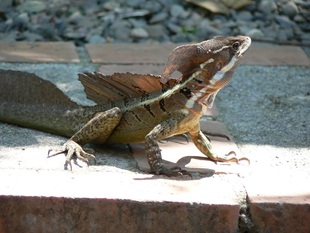 Photo: en.wikipedia.org Photo: en.wikipedia.org The common basilisk (Basiliscus basiliscus) is a lizard found in Central and South American rainforests near rivers and streams. The basilisk is part of the corytophanid family. It is also known as the Jesus lizard because when startled, escapes by speeding to the nearest edge of water and continues sprinting. The lizard runs on only its hind legs in an erect position, holding its fore legs to its sides. This basilisk is so adroit on water because its feet are large and equipped with flaps of skin along the toes. When moving quickly, the lizard can cross a surface of water before sinking. The common basilisk can be distinguished from similar species within its range by its large size and the high fin-like crests down its back. Most are brown and cream in colour. Males also have high crests on their heads and tails. Both sexes are brown to olive, and have a white, cream or yellow stripe on the upper lip and a second stripe along either side of their bodies. These stripes have higher contrast in juveniles and fade as the lizards age.
This basilisk is an omnivore. Its diet consists of insects, flowers, and small vertebrates such as snakes, birds, eggs, and fish. Source: harrypotter.wikia.com wiki/Common_basilisk The Reptile Database: reptile-database.org
0 Comments
By guest blogger: Katey Duffey “In that darkness the White Walkers came for the first time. They swept through cities and kingdoms, riding their dead horses, hunting with their packs of pale spiders big as hounds.” ~Old Nan to Bran, A Game of Thrones
There are over 300 species of spiders that live in the Arctic! This region comprises of: Greenland, Alaska, Canada and parts of Europe. The most common species belong to the Erigoninae family, also known as the “Dwarf Spiders”, in which species may average in size between 1-6mm. In other words, most are not much bigger than a pinhead. With only a couple months out of the year where temperatures are warm enough for growth and reproduction, spiders in these harsh environments need a few special adaptations to survive life in the tundra. Depending on a species’ particular behaviors, adaptations may vary. The Arctic wolf spider of the Lycosidae family, for example, which measures in at a whopping 2.5 cm (1in), is among the largest of the spider species in this environment. Its body has glycol, or antifreeze proteins, to prevent from freezing. Running crab spiders, belonging to the Philodromidae family, hide within plants. Some spiders may only allow ice to form outside the cell walls in their body. To escape the cold and strong winds, Arctic spiders will seek out warm pockets under the snow. They also go through a rest period called diapause, in which their growth stops or slows down during winter. Furthermore, because temperatures are so chilly and food is less plentiful, Arctic spiders can take several years to reach maturity, while their more southern cousins, may only take a year or two to mature. Photos source: polartrec.com , jorgenlissner.dk
So while our real world “ice spiders” may not be large enough to ride into battle or have the ability to hunt down human prey, they are no less incredible. In fact, they play a valuable role in maintaining a balance of other invertebrates throughout their ecosystem. Considering that over 2,200 species of insects live in the Arctic, more than any other kinds of animals in the region, these underappreciated arachnids are vital for keeping those insect numbers in check! Arctic spiders may also hold a key to monitoring global warming! As temperatures rise, these spiders will grow faster, and have longer time frames of activity. However, warming temperatures will also invite southern species northward to compete with the Arctic species for resources. That could prove disastrous for the northern species, in that their southern cousins may end up outcompeting them. In the meantime, more research is needed on fully understanding the natural history and behavior of these spiders in order to consider how future environmental changes may affect them. References Animals.pawnation.com Danks, H.V. (2004). Seasonal adaptations in Arctic insects. Integrative and Comparative Biology, 44(2): 85-92. Doi:10.1093/icb/44.2.85. Doyle, A. (2007). Arctic Spiders May Hold Clues to Global Warming . www.reuters.com Duman, J.G. (1979). Subzero temperature tolerance in spiders: the role of thermal hysteresis factors. Journal of Comparative Physiology, 131: 347-352. www.polarcom.gc.ca
|
Blog Archive
|
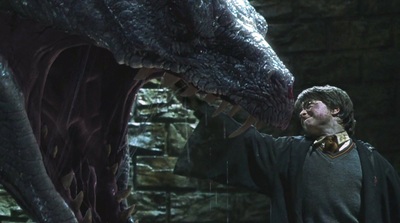
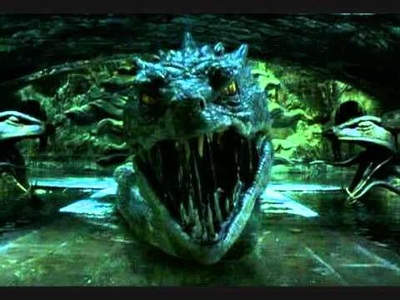
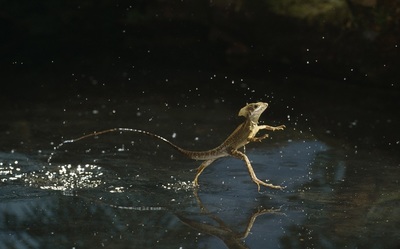
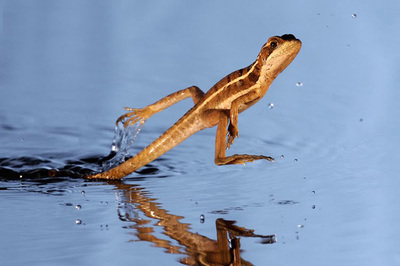
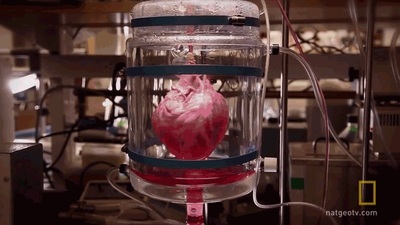
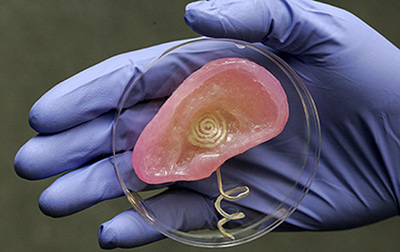
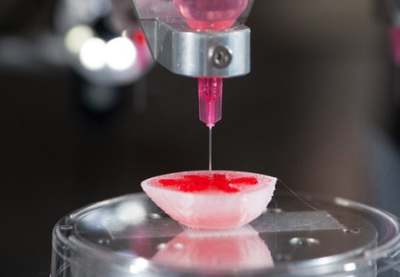
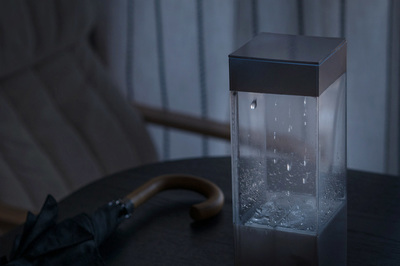

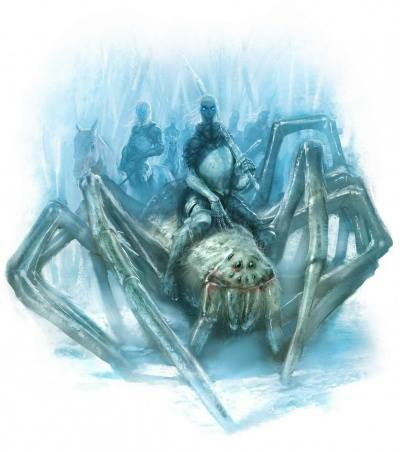
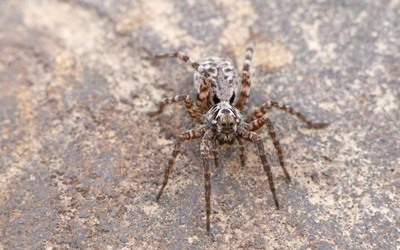
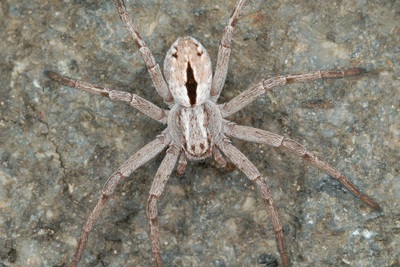
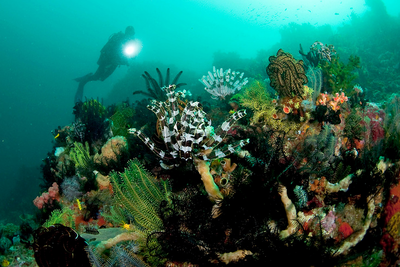
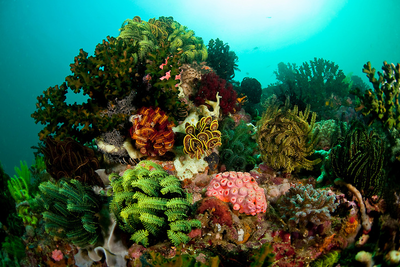
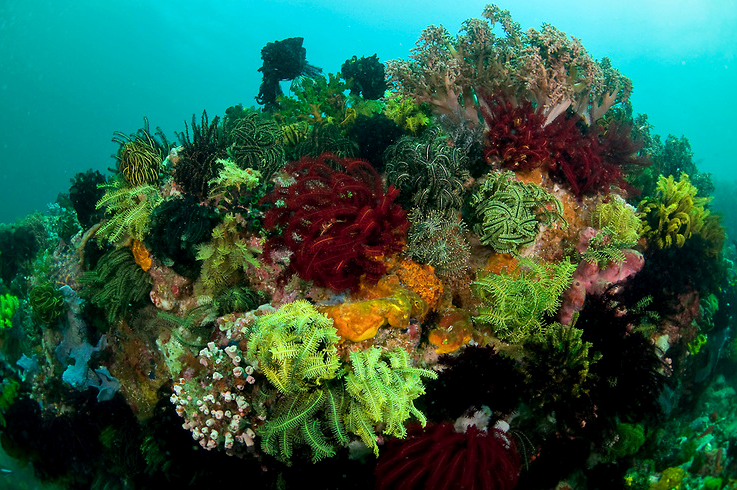
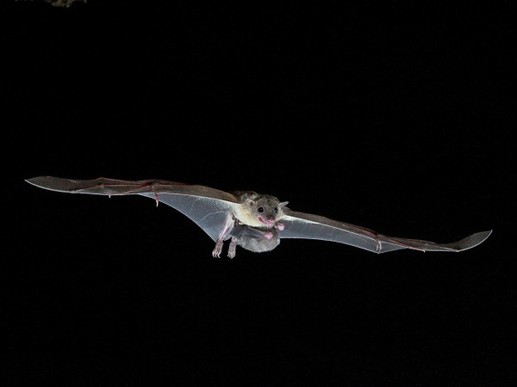
 RSS Feed
RSS Feed
